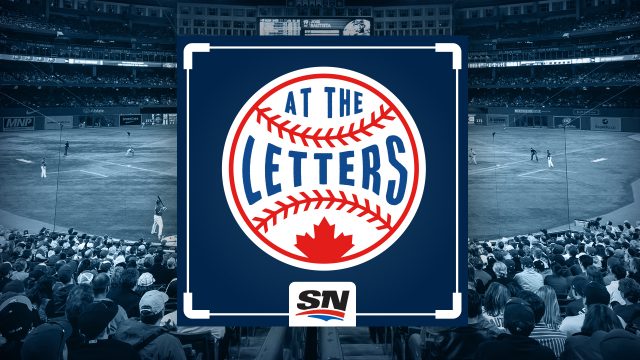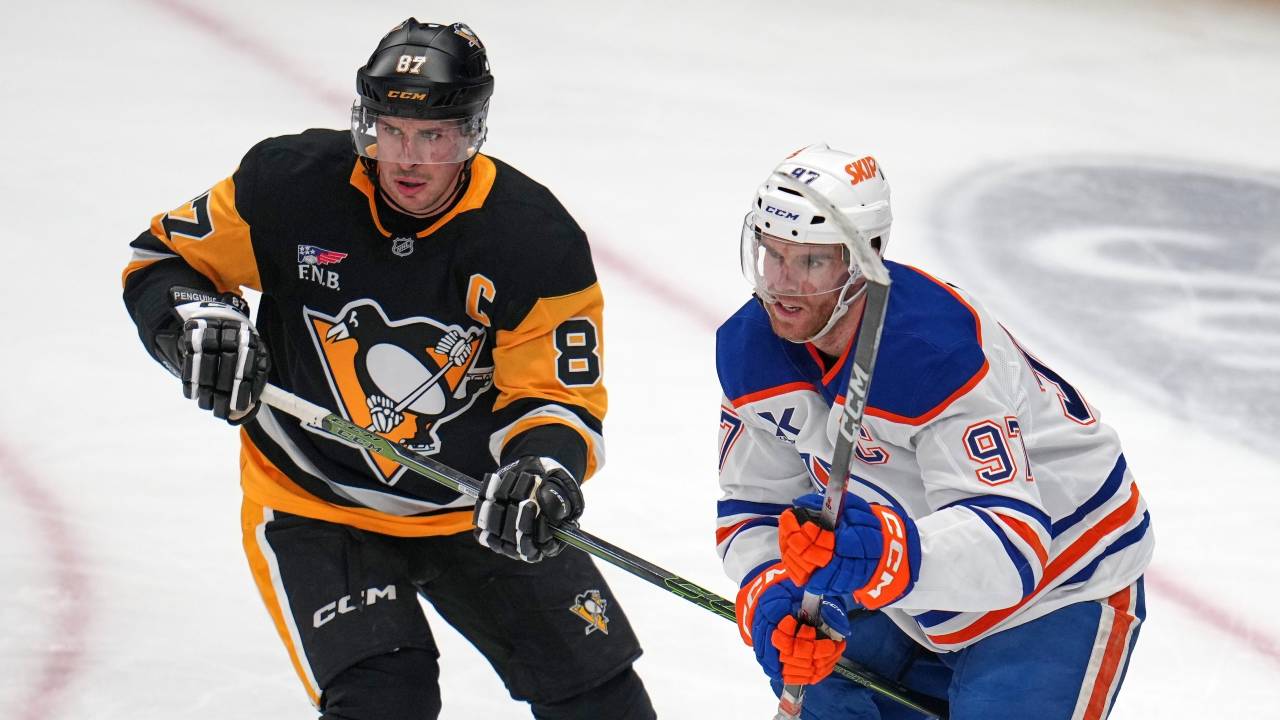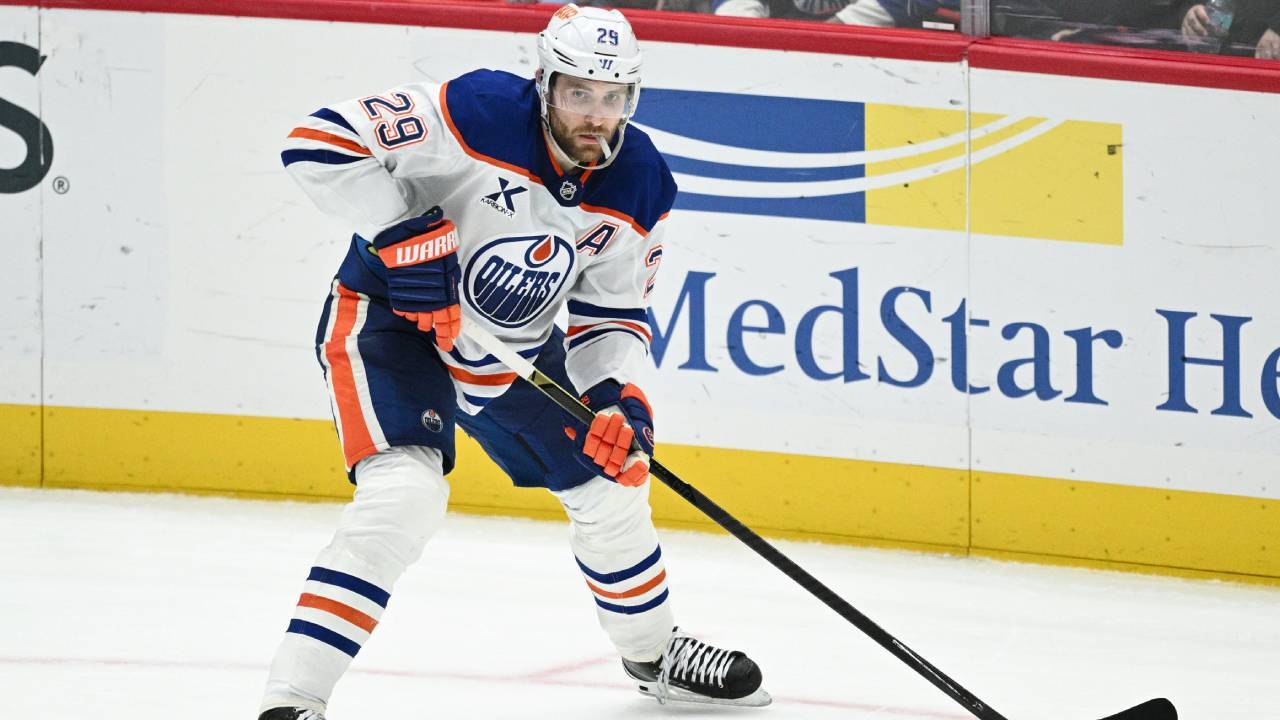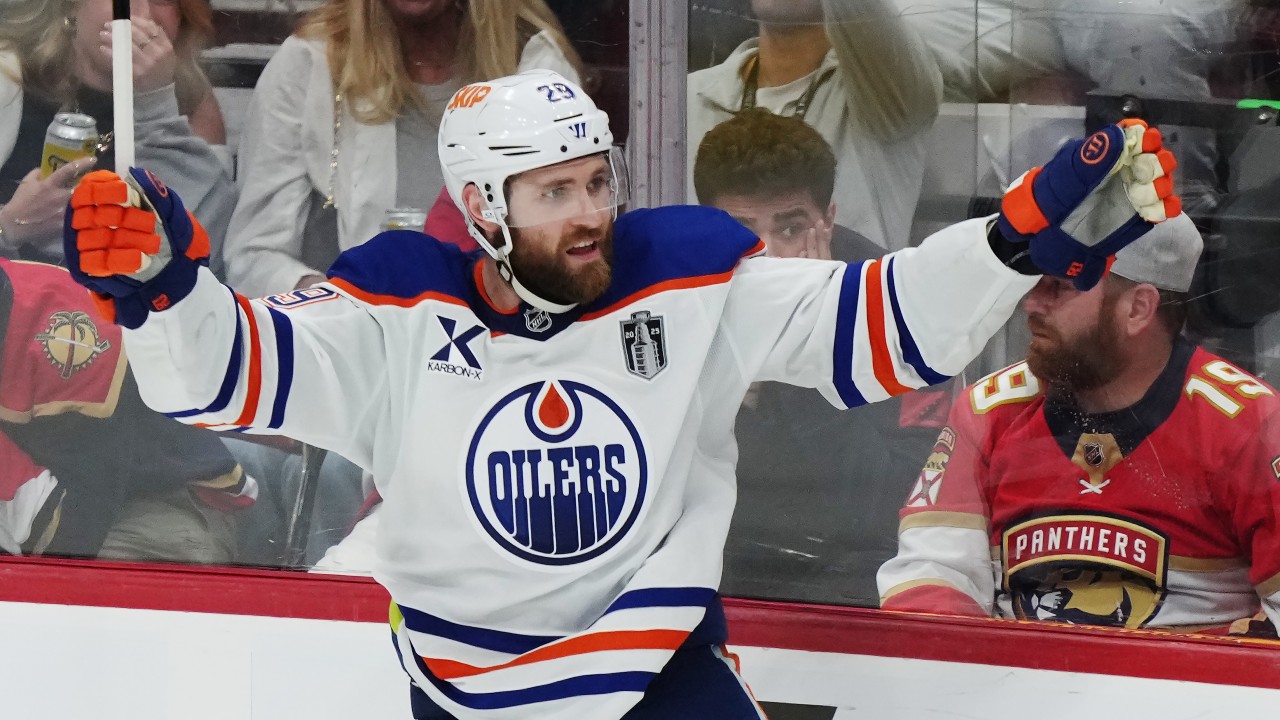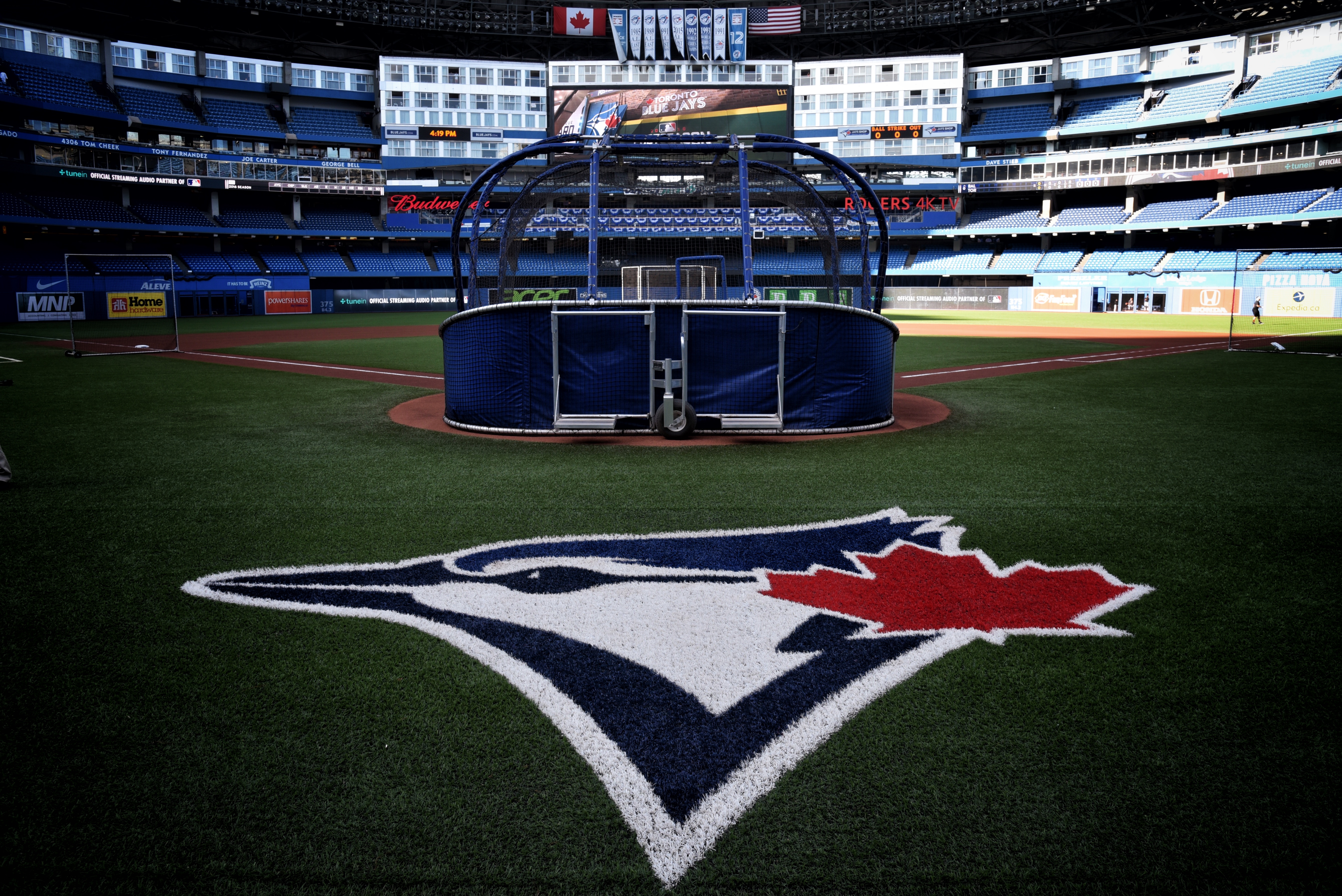
TORONTO – What a weird mix of excitement and apprehension this all is, a July 1 reporting date, an anticipated opening day of July 23 or 24 and a stark reminder of COVID-19’s ever-present threat providing an apt juxtaposition for these anxious times.
Honestly, good luck to everyone frantically readying for the most precarious training camp Major League Baseball has ever attempted, with the aim of staging the most delicate and problematic season the sport will have ever seen — because it’s really going to be needed.
A 60-game sprint subject to all kinds of small-sample-size randomness sounds like a ton of fun until you remember that the novel coronavirus, never contained in the United States during its period of shutdown, is still the boss here.
Positive tests for Colorado Rockies outfielder Charlie Blackmon and teammates Phillip Diehl and Ryan Castellani late last week, according to the Denver Post, underline that everyone involved is signing up for significant risk.
Agreement late Tuesday night between owners and players on a health and safety protocol locked in the framework for the 2020 season, but its effectiveness is being tested right out of the gate, and, as always, there remain more questions than answers.
Perhaps for no team is that more true than the Toronto Blue Jays, who even hours after the season was set, lacked finality on both where players were to report for camp, and where they’d play their 30 home games.
The likeliest scenario for the July 1 report date remains Dunedin, although gathering in Florida right now caused at least some unease. The Blue Jays shut down their facility Friday after a pitcher on the 40-man roster displayed symptoms and the club has yet to reveal what the results of the tests were for him and others.
(The Philadelphia Phillies, who reported positive COVID-19 tests for five players and three staffers Friday, said Tuesday that another player and two other staffers had also been infected)
A deep clean of the Blue Jays’ complex has since taken place, and while the border remains closed through at least July 21, it appears to be the best, and perhaps only, real option for the club at the moment.
TD Ballpark was also slated to be the team’s backup plan for the regular season should the border remain closed and the 14-day quarantine period for non-essential visitors remain in place, and it may be home when the games begin.
The Blue Jays’ hope remains to play in Toronto and president and CEO Mark Shapiro was added to the national lobbyists’ registry last week to pursue frequent contact with government officials to that end. The NHL received an exemption letter that allowed it to establish hub cities in the country, and The Associated Press reported Tuesday that a senior federal government official said MLB is eligible for one too if it submits an acceptable restart plan.
To this point that hasn’t happened, although use of the hotel attached to Rogers Centre could allow the Blue Jays to establish a bubble, with visiting teams going straight from the airport to the ballpark and remaining in relative isolation while in the city.
Either way, work remains on that front, leaving players wondering where they’re going, where they’re going to live and what to do with their families.
And the nightmarish logistics of the looming restart only begin there.
Once players do arrive, they must go through an initial screening to ensure they are virus-free before they can check into the ballpark. Self-checks and frequent subsequent screenings are part of the new routine. Co-habiting family members are eligible for tests as well.
In its operations manual, Major League Baseball says it “will not formally restrict the activities” of players, coaches and essential staff outside of team facilities, but warns that “the careless actions of a single individual places the entire team (and their families) at risk.”
Each team “should agree on their own off-field code of conduct for themselves and their family members to minimize the risk to others” and provide a written code of conduct to the joint committee overseeing the health protocol that includes “specific rules regarding what conduct is and is not allowed while the club is on the road.”
Teams can invite up to 60 players to camp for a phased spring training that will include “a limited number of exhibition games between clubs.”
Rule changes for the regular season include:
• Implementation of the designated hitter in the National League.
• Extra innings begin with a runner at second base.
• Pitchers may carry a small wet rag in their back pockets in lieu of licking their fingers.
• The three-batter minimum rule for relief pitchers will be put into effect.
• An Aug. 31 trade deadline.
• A 30-man roster to begin the season, shrinking to 28 after 15 days, and to 26 on the 29th day, with no limitations to the number of pitchers.
• The creation of a separate COVID-19 related Injured List for players who test positive, are exposed to a confirmed carrier, or who present associated symptoms and require self-isolation for further assessment.
• To maintain as much physical distancing as possible, “players or managers who leave their positions to argue with umpires, come within six feet of an umpire or opposing player or manager for the purpose of argument, or engage in altercations on the field are subject to immediate ejection and discipline, including fines and suspensions.”
What could possibly go wrong?
The flip side, of course, is wondering what could possibly go right, and that’s actual baseball, amid this pandemic, filling a void in the absence of normalcy.
It won’t be easy, more infections are inevitable, and in agreeing to take part in this season, everyone involved is accepting an increased level of risk. That’s the downside, it’s real, and a tragic outcome for somebody is on the spectrum of possibilities.
The upside is that an industry idled by COVID-19 gets to go back to work, putting on a show and making memories at a time when both are sorely needed.
Appealing as it is, uncomfortable as it is, that’s the deal. Here we go.


